 |
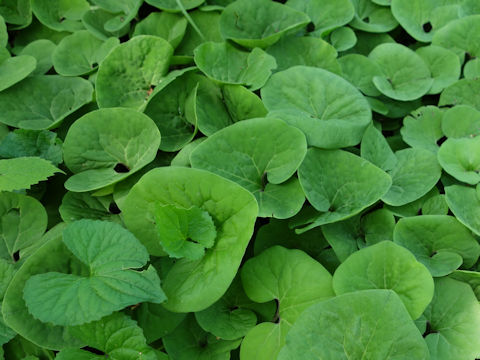

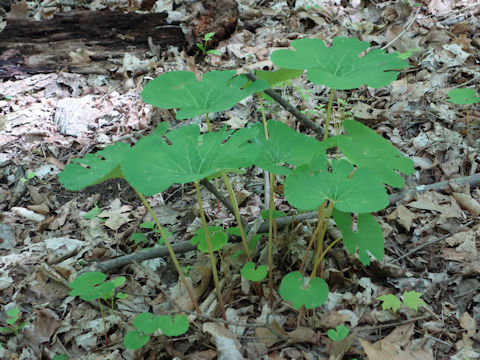

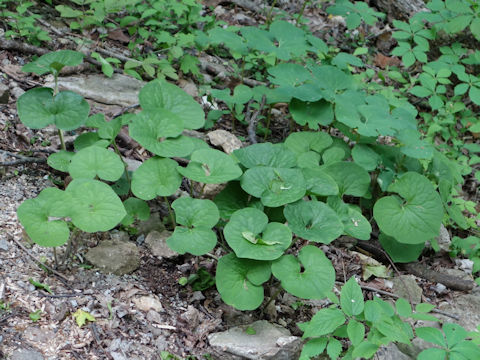

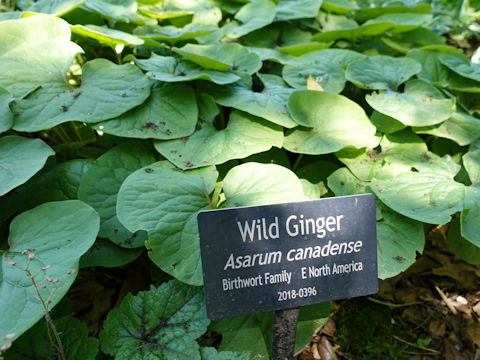

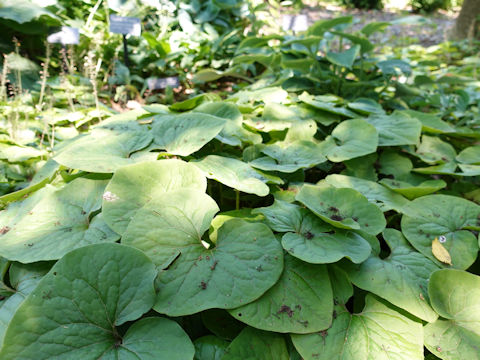

|

|
北アメリカの東部に分布しています。落葉樹林に生え、高さは15~30センチになります。葉は腎形で長く存在します。4月から6月にかけて、花を咲かせます。花は3個の萼片があり、外部は黄褐色から紫色、内部はより淡色です。先端は細くなり、基部はカップに融合します。受粉した花は蒴果になり、熟すとはじけて、アリに食べてもらうための付属物、エライオソームのついた種子をのぞかせます。
|

|
ウマノスズクサ科カンアオイ属の多年草で、学名は Asarum canadense。英名は Canada wild ginger。
|

|
The Canada wild ginger (Asarum canadense) belongs to Aristolochiaceae (the Birthwort family). It is a perennial herb that is native to eastern North America. This herb grows in deciduous forest, and it can reach 15-30 mc in height. The leaves are kidney-shaped and persistent. The flowers bloom from April through June. They have three sepals, tan to purple on the outside and lighter inside, with tapered tips and bases fused into a cup. The pollinated flowers develop into a pod, which splits open when ripe to reveal seeds with elaiosomes, structures that are eaten by ants.
|

|
[上・中1] アメリカ・オハイオ州「コクス樹木園」にて、2016年05月22日撮影。(photo by Jon Suehiro)
[中2] アメリカ・オハイオ州「チャールストン滝」にて、2016年05月22日撮影。(photo by Jon Suehiro)
[中3・下] アメリカ・ケンタッキー州「ユーデル植物園」にて、2024年05月19日撮影。(photo by Jon Suehiro)
|




